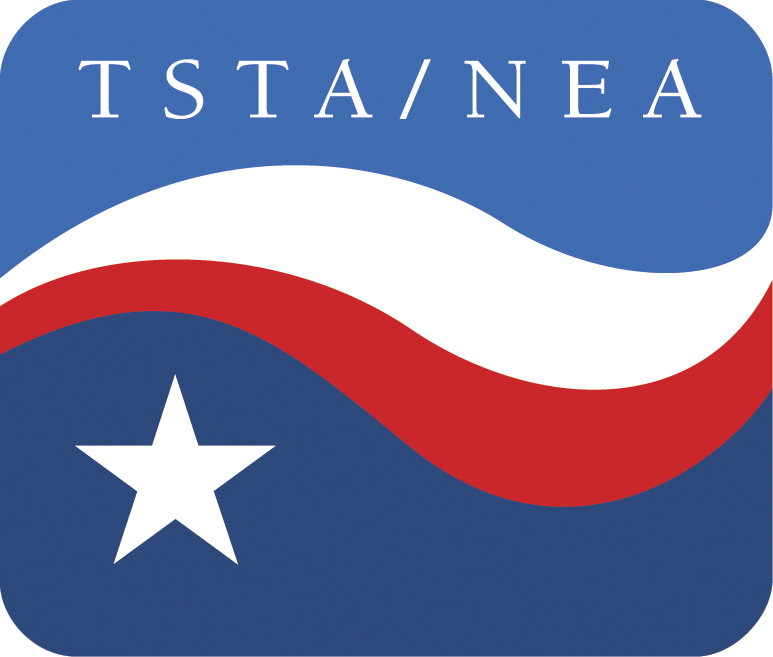CDC: Reopening school buildings a risk without strong safety requirements
In a new article in the Journal of the American Medical Association, researchers at the Centers for Disease Control and Prevention (CDC) concluded that schools, despite the presence of COVID cases on campuses, have not been major sources of spreading the coronavirus.
Their conclusion, however, is not an endorsement of the lax school opening process in Texas because they also made it clear that school openings should be accompanied by strong safety requirements, including social distancing and mask use, important things that Texas’ state government hasn’t been enforcing.
Masks, social distancing and ventilation of school buildings are among an encyclopedia’s worth of COVID safety guidelines listed on the Texas Education Agency’s website, but neither TEA nor Gov. Greg Abbott has done anything about putting teeth in them.
Some school districts have attempted to enforce them, while others haven’t. One school superintendent in North Texas all but bragged to the media about refusing to enforce the governor’s so-called mask “mandate,” and the state hasn’t challenged him. A “mandate” isn’t a mandate if it is not enforced, and guidelines are mere words if they are ignored.
You may recall that TSTA conducted a campus safety survey of our members last fall. By early December, shortly before the winter break, our members in more than 150 school districts had reported more than 6,000 violations of various safety standards in their school buildings. These included more than 400 violations of the mask mandate, more than 600 violations of social distancing, more than 600 reports of inadequate ventilation and more than 500 reports of inadequate protective equipment.
Small wonder that many Texas districts have had to temporarily close their doors for periodic COVID outbreaks.
To my knowledge, the Texas Education Agency hasn’t penalized any school district for violations of COVID safety standards. But it is quick to pounce on districts, with the threat of funding cuts, that entertain the idea of closing school buildings for student and educator safety, as it did when Austin ISD suspended in-person instruction for a week after the Thanksgiving break, on the advice of local health authorities.
There is something wrong with that approach, and I think the scientists at the CDC agree.
CDC researchers find “little evidence” of major school outbreaks, with precautions

